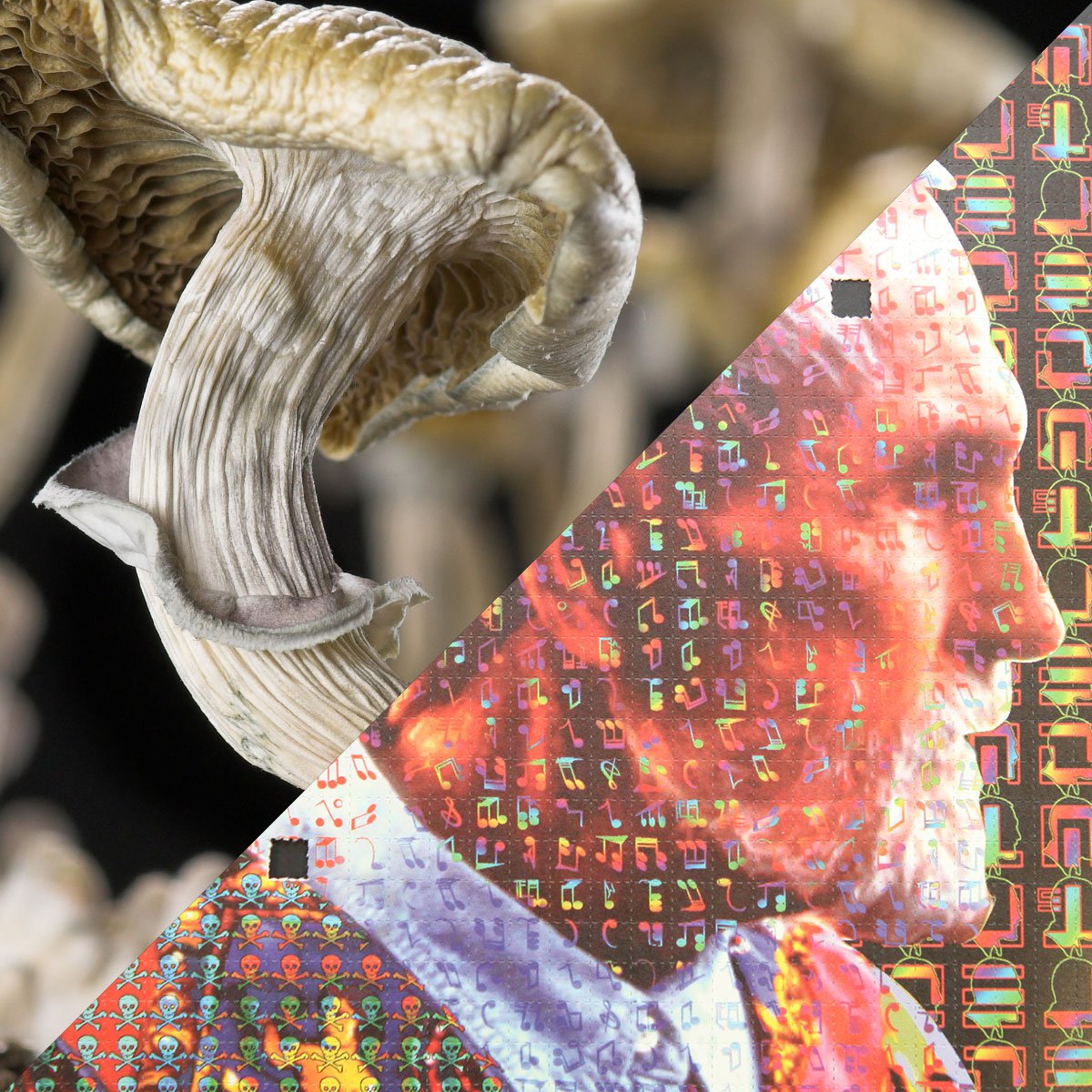Discover Why About Golden Psycho Has Gained Attention.
All Regarding Psychotomimetic Compounds: Their Function in Psychological Study
Psychotomimetic compounds, such as LSD and psilocybin, have actually garnered enhancing passion in psychological research study for their ability to duplicate psychotic signs and symptoms and offer understanding right into various mental wellness conditions. Their communications within the brain, especially via serotonin and dopamine pathways, recommend a complex connection between consciousness and neurobiology that might open unique therapeutic opportunities. As scientists continue to explore their potential applications, moral considerations bordering their usage in professional settings become vital, elevating crucial concerns regarding safety and security and informed consent that require additional expedition.
Meaning of Psychotomimetic Substances
In the realm of psychological research, psychotomimetic compounds are compounds that can cause impacts appearing like those of psychosis, such as hallucinations, delusions, and altered perceptions of reality - About Golden Psycho. These compounds can be categorized into different classifications, consisting of hallucinogens, dissociatives, and specific stimulants, each creating unique emotional effects
The pharmacological action of psychotomimetic compounds frequently includes inflection of natural chemical systems, specifically those pertaining to serotonin, dopamine, and glutamate. Substances like lysergic acid diethylamide (LSD) mainly act on serotonin receptors, leading to profound changes in sensory assumption and cognition.
The energy of psychotomimetics in study hinges on their capacity to imitate psychotic signs, supplying a version for recognizing the hidden systems of psychotic conditions such as schizophrenia. By studying the effects of these substances, scientists can get understandings into the neurobiological and emotional procedures that add to psychosis.
Additionally, psychotomimetic compounds have been discovered for their healing capacity in treating numerous psychological health and wellness conditions, consisting of anxiety and anxiety, highlighting their dual function in both research and possible professional applications.
Historical Development and Context
The exploration of psychotomimetic substances has an abundant historical context that goes back to ancient worlds, where compounds such as psilocybin mushrooms and peyote were used in spiritual and recovery methods. These very early uses frequently linked with religious rituals, recommending a profound reverence for the transformed states of consciousness caused by these substances.
The mid-20th century marked a substantial turning factor in the study of psychotomimetic compounds, specifically with the synthesis of LSD by Albert Hofmann in 1938. The subsequent popularization of LSD in the 1960s militarized a wave of interest in both its mental results and potential restorative applications. Scientists began to examine just how these compounds can mimic psychotic states, offering understandings right into mental health problem.
Nonetheless, the increasing association of psychotomimetics with counterculture movements led to regulatory backlash, culminating in the criminalization of a lot of these substances. Regardless of these challenges, the rebirth of passion in the healing capacity of psychedelics in the 21st century has triggered renewed research study. This historical trajectory underscores the progressing perception of psychotomimetic compounds, transforming from sacred compounds to topics of scientific query and, potentially, healing assurance.
Mechanisms of Action
Understanding the devices of activity of psychotomimetic compounds discloses the complex means these materials communicate with the brain's neurochemistry. These substances mostly exert their results via modulation of natural chemical systems, specifically serotonin, dopamine, and glutamate.
Along with serotonin, dopaminergic paths are considerably affected by compounds like mescaline and particular cannabinoids, which can cause altered states of awareness and changes in state of mind and motivation. The NMDA receptor incongruity observed with substances like ketamine highlights one more path through which psychotomimetics might induce dissociative states and extensive changes in thought procedures.
The neurochemical waterfalls started by these communications result in complicated and complex psychological impacts. Understanding these systems see this website is essential for both the innovation of psychological research study and the therapeutic possibility of psychotomimetic compounds, as they give insights right into the underlying neural correlates of modified states of consciousness.
Current Research and Applications
Recent examinations right into psychotomimetic substances have exposed a rebirth of interest in their healing applications, specifically in the areas of psychiatry and psychology. Scientists have begun checking out materials such as psilocybin, LSD, and ayahuasca for their possible to relieve symptoms associated with various mental health disorders, including clinical depression, anxiety, and PTSD.
Clinical tests have actually shown that, when administered in controlled settings, these substances can promote profound mental experiences, promoting emotional advancements and enhanced healing end results. Researches have shown that psilocybin-assisted treatment can lead to substantial reductions in treatment-resistant depression, with results lasting for a number of months post-treatment.
Additionally, psychotomimetic compounds are being evaluated for their capacity to promote neuroplasticity, potentially permitting even more effective rewiring of maladaptive idea patterns. These searchings for suggest that such substances may function as complements to standard psychotherapeutic methods, boosting the effectiveness of restorative YOURURL.com treatments.
As research study progresses, the emphasis is moving towards comprehending the ideal does, therapeutic settings, and individual features that can optimize the advantages of these compounds. This burgeoning field holds pledge for reinventing psychological health treatment paradigms and dealing with the limitations of standard psychiatric medicines.
Honest Factors To Consider in Research

Browsing the honest landscape of study including psychotomimetic substances is vital to ensuring individual safety and the stability of study results. Scientists should focus on informed approval, ensuring that individuals totally understand the possible risks and benefits connected with the compounds being studied. This consists of providing comprehensive details about possible mental results, including intense and lasting effects, and enabling individuals the opportunity to take out from the research any time without charge.
IRBs review study methods to guard individual well-being and maintain honest requirements. Furthermore, the capacity for coercion must be carefully assessed, especially when at risk populaces are entailed.
Privacy is one more critical consideration. Scientists need to implement durable actions to secure individuals' identities and data, specifically offered the sensitive nature of experiences related to psychotomimetic read this post here substances (About Golden Psycho). Inevitably, a commitment to ethical techniques not only fosters trust fund in between researchers and individuals however also boosts the reputation and credibility of the research end results, adding to the advancement of emotional understanding

Final Thought
In conclusion, psychotomimetic substances, especially classic psychedelics such as LSD and psilocybin, deal considerable insights right into mental disorders via their distinct mechanisms of activity. Their therapeutic possibility in attending to conditions like anxiousness and PTSD highlights the relevance of ongoing research in this area. Guaranteeing moral criteria in study practices is vital for individual safety and educated consent, enabling for a liable expedition of these compounds' benefits and effects within psychological science.